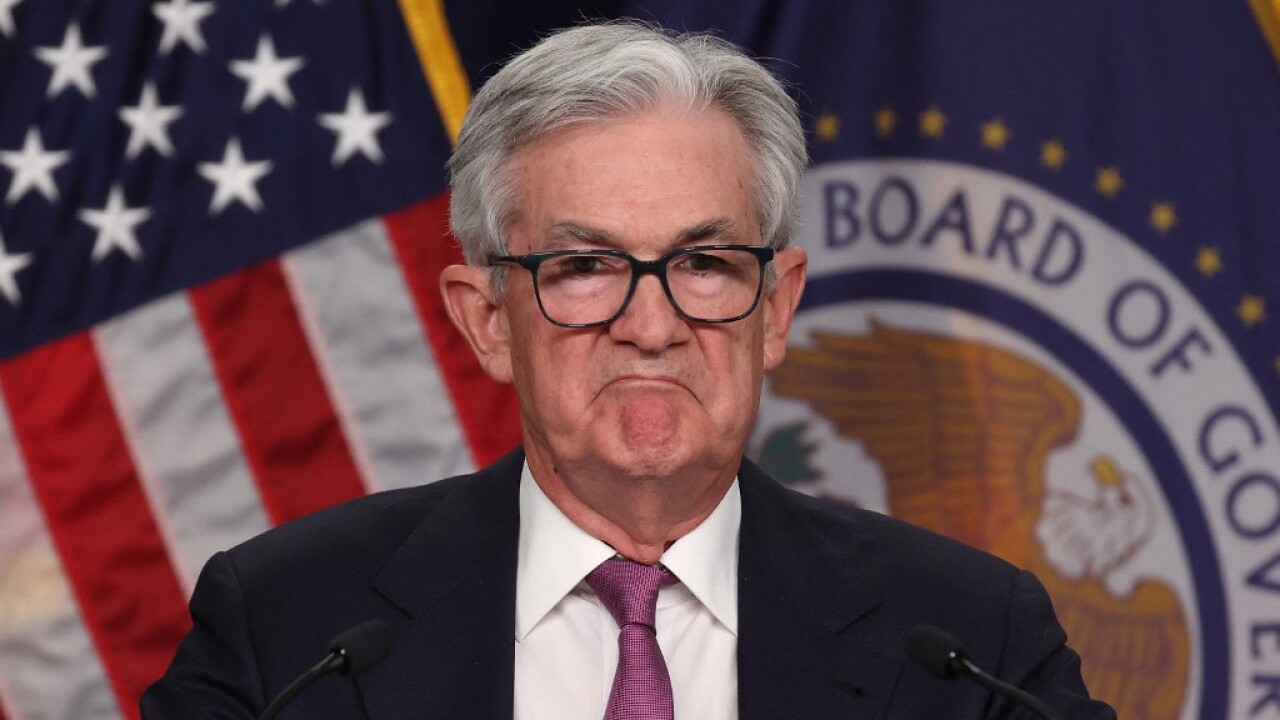Following the report, implied yields on federal funds futures contracts showed traders are firmly betting on at least three more rate hikes through June, a path that would push the cost of overnight credit from the US central bank into the range 5.25%-5.50%, from the current level of 4.50%-4.75%.
The probability of an even higher stopping point for this type is also valued at 40%, compared to 30% prior to the publication of the PCE data.
On the other hand, traders have largely removed what had been consistent bets on Federal Reserve rate cuts towards the end of the year.
Revisions to data from prior months in the Commerce Department report showed that inflation did not cool off in November and December as much as had been thought, and spending in January rose more than expected, even as the savings rate rose. .
These data, along with other economic readings in recent weeks that suggest the labor market remains strong and wage growth is not cooling particularly quickly, could force Fed policymakers to raise your own estimates of the appropriate stopping point for the official interest rate.
It also casts doubt on Fed Chairman Jerome Powell’s assessment earlier this month that the “disinflationary process” had begun, a view that appeared to justify the central bank’s decision at its January 31-January 1 meeting. February to decide on a quarter percentage point rate hike after a series of larger hikes in 2022.
“If the Fed had had this data at the last meeting, it probably would have gone up 50 basis points and the tone of the news conference would have been very different,” said Gene Goldman, chief investment officer at Cetera Investment Management.
Recession?
In December, the Fed’s policymakers forecast 5.1% as the highest likely level for the official interest rate; Goldman and other analysts who commented on Friday’s data believe the central bank’s next round of projections, due to be released in March, will lift it.
In a statement released after the data, Cleveland Fed President Loretta Mester said the central bank should, if anything, err on raising rates to control inflation. Mester has always been a little tougher than most of her colleagues, and since December she has maintained her view that the interest rate should be at 5.4% to be restrictive enough.
Fed Governor Philip Jefferson, speaking at the same conference as Mester at the University of Chicago’s Booth School of Business in New York, did not provide any estimates of how far he thinks rates will have to go, but did say that it believes that the central bank has acted promptly and forcefully to tackle inflation, and that it will closely monitor the data as it gauges the future path.
Many analysts believe the data is already forcing the Fed’s hand.
“It looks like the Fed will have to be more aggressive,” said Yelena Shulyatyeva, an economist at BNP Paribas. “They are likely to overshoot, in our view, and that ends up causing a recession; the question is more when, rather than if, there will be a recession.”






![[Img #74676]](https://thelatestnews.world/wp-content/uploads/2024/12/Laser-artificial-neuron-150x150.jpg)







